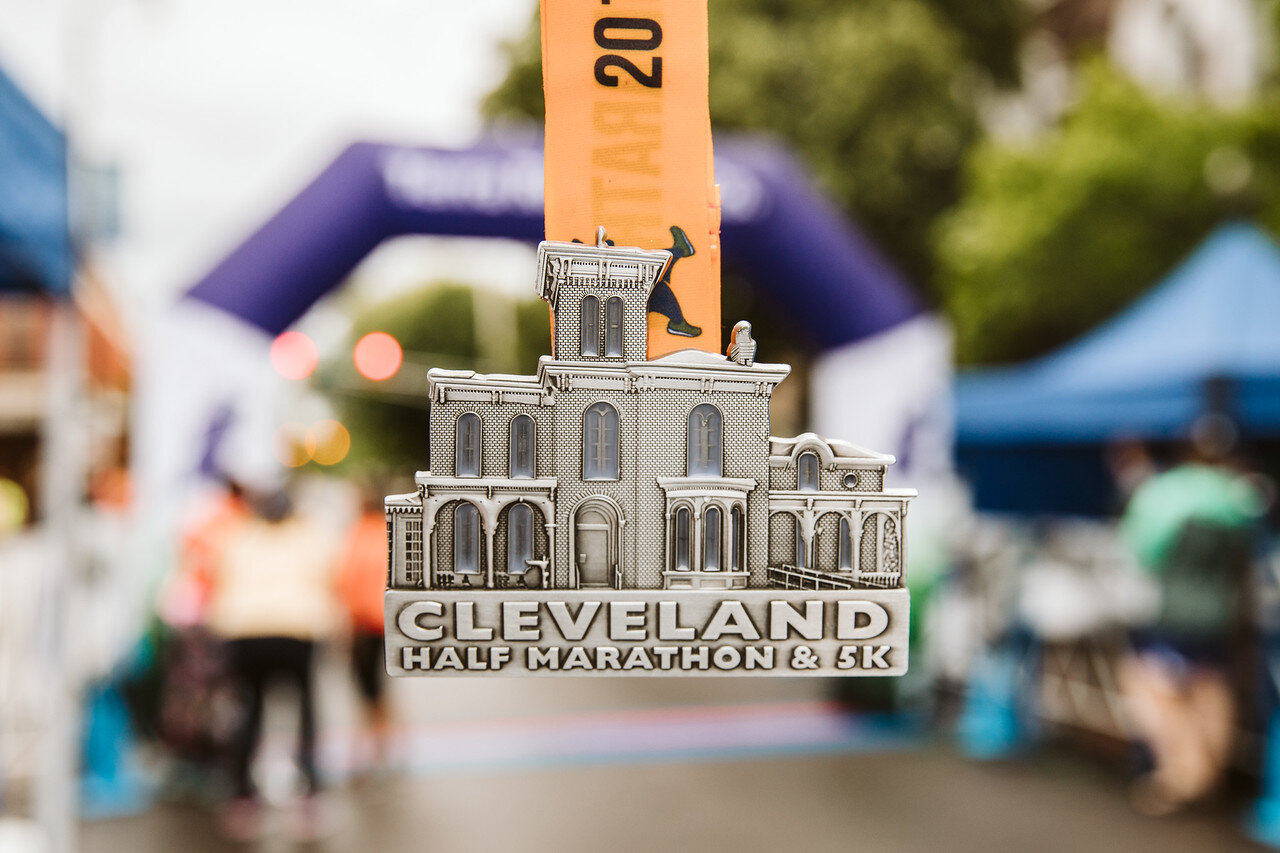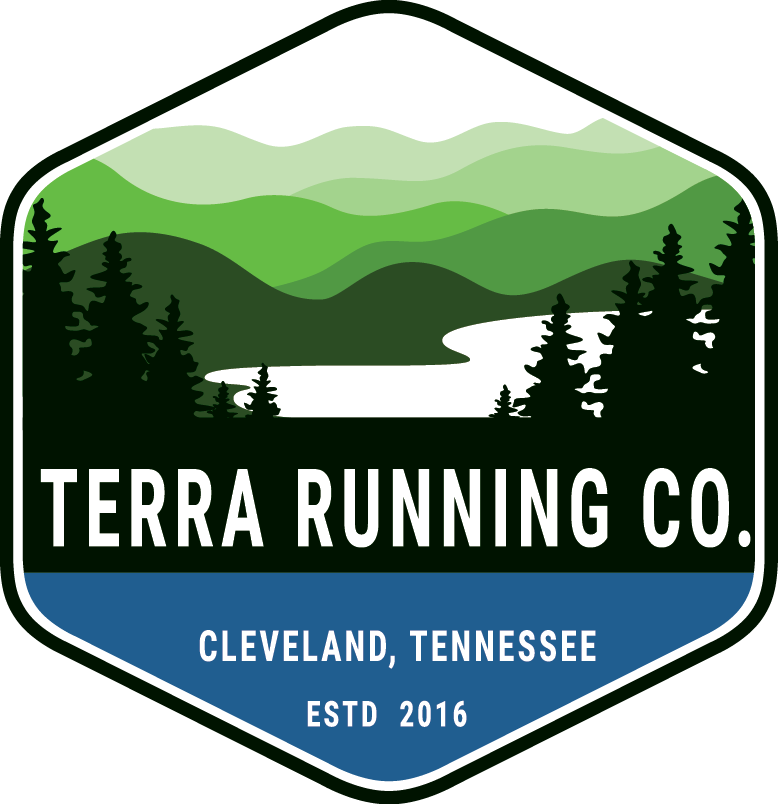
Some of My Favorite Health Apps
There are so many great apps to help keep you on track on your journey to a healthy lifestyle. Here are a few of my favorites.
AllTrails
AllTrails is a great resource for trails near you. I use it in Cleveland to learn more about local trails, but it's already super handy when I travel to discover new parks and trails. There are difficulty ratings, pictures so you know what to expect, user reviews, and a star rating system. If you feel in a rut with your runs, check out AllTrails and find somewhere new to explore!
Garmin Connect
If you are a Garmin user, Garmin Connect has it all! This is where your watch will auto-sync to and you can check out all the data for your workouts and daily activity. It is a super user-friendly app, so don't worry if you're new to Garmin. Today's workouts show up at the top of the app each day and you can tap on them to get a map and detailed info, like pace, distance, elevation, temperature, performance indicators, and much more! I also track my water intake on my Garmin, so I can see my average ounces per day (If you watch Terra Girls, you know this is a challenge for me!). My favorite stat to check out is my activity over the last 7 days. I love seeing that I have switched it up this past week and did a few different kinds of activities. For example, today mine says: 2 yoga, 7 walks, 3 runs, 1 bike!
Metronome
If you've ever worked on your cadence while running, a simple metronome app is very helpful. The goal cadence for runners is generally 170-180 steps per minute. It's a challenge to gauge your cadence on your own if you're just getting started, but listening to a metronome app for a bit at the beginning of your run can get you started on the right foot (pun intended). Increasing cadence means you are taking more, shorter, quicker steps per minute, decreasing the amount of time each foot is on the ground.
Headspace
All around health doesn't mean just fitness. I am loving the Headspace app for short, mindful guided meditations. There are videos and classes, playlists for focusing or relaxing, a meditation each day that you can control the length of, and so much more! This is a great beginner-friendly meditation app, so don't be intimidated if you've never tried it before.
Libby
The only thing I love more than running is reading, and when I can do both, my day is made! Libby is a free app with free audiobooks accessible with your free library card! If your favorite book is taken, you can place it on hold and get notified when it's available, but to be honest, there are always great books available for free download anytime. I listen to books when I workout, walk the dog, and do chores around the house.
What is Heel-to-Toe Drop?
“Heel-to-toe drop” is a term that often gets thrown around when comparing running shoes. Maybe you’ve heard of this mysterious phrase or maybe you haven’t. The good news is it’s a pretty easy concept to understand; it simply means the difference in height between the heel and the forefoot of the shoe. The even better news is, if you’re a beginner runner, you probably don’t even need to worry yourself with it. Simply getting into a quality shoe will get you to where you need to be. However, if you’re getting a bit more into running, are thinking of switching up shoes, or are trying to figure out how to best address a recurring injury, heel-to-toe drop can be a interesting concept to explore.
Heel-to-Toe Drop vs. Stack Height
Brooks Ghost: 12mm drop; Hoka Bondi: 4mm drop; Altra Torin: 0mm drop
First things first, let’s cover some terms. Like we have already mentioned, heel-to-toe drop (or “drop”) is the difference between the heel and forefoot in the shoe. As an example, a high heel shoe has a very high heel-to-toe drop, whereas, if you are walking around barefoot, there is zero drop. So what then is “stack height?” Stack height is how much height is in between your foot and the ground when it is in the shoe. If you’ve ever put on a pair of Hokas and felt like you gained 3 inches, that’s because it has a very thick midsole and thus, a very high stack height. Generally, the more stack height the more cushion the shoe has (though certain materials will feel softer than others). The reason this is helpful to understand when talking about heel-toe drop is because people often get them confused. This is probably because lower or zero drop shoes are often associated with the “minimalist” running movement that was very popular about 10 years ago (think of the book Born to Run or the FiveFinger shoes). While this is somewhat true — proponents of zero drop shoes often are because they believe it is healthier and more natural for your feet— it is not completely true because you can get low or zero drop shoes that have tons of cushion (very unlike those Five Finger shoes). As an example, most Hokas would fall in the low drop category. In fact the Hoka Bondi, our most cushioned shoe in stock, only has a drop of 4mm. Contrast that with the Brooks Ghost which has a drop 3x that at12mm.
Why does this matter?
Courtesy of RunRepeat
It is important to restate that most people don’t need to concern themselves too much with heel-toe drop. That is what we are here for! Come into Terra and we will talk to you about your needs, any injuries you have or have had, what shoes have felt good in the past, etc. But for those who are interested in learning more about running or are wanting to explore how different shoes effect their body and gait it is helpful to consider. This is because research does shoe that lower drop shoes put more load on your feet, ankles and Achilles, whereas higher drop shoes put more load on your hips and knees. This can be good to know if you had or have an injury. Lower drop shoes also have been shown to improve runner’s cadence (the amount of time it takes for you to toe off), while higher drop shoes increase the amount of foot switch time between strides. Studies have also shown that runners were 9.2x more likely to run with a forefoot strike in minimalists compared to regular running shoes, so if you are trying to work on landing more on your forefoot it could be a good idea to test out a lower drop shoe. This being said, that same study showed that, even though runners were almost 10x more likely to run with a forefoot strike in a more minimalist shoe, 70% of runners in minimalists continued to rearfoot strike (Cheung et al. 2016). This matters because a lot of more “minimalist shoes” don’t have the necessary cushion to protect heel-strikers which could potentially put someone at more risk for injury. Because low or zero drop shoes also put more load on the feet, ankles and Achilles, if you are switching from a much higher drop shoe, there is more risk of incurring an injury if someone does not adequately ease into the shoe.
So which is best?
There is not necessarily a “best” drop since it all depends on the runner and what their needs are. Me personally? I like lower drop shoes. I feel the effect it has on my cadence and running form. But I frequently have customers who come in and specifically request higher drop shoes because they like how it feels for them. If you’re not sure what you like, try to think of shoes that you have loved in the past and find out what the drop was. If you have a few different shoes to pull from you might see a pattern… but then again, maybe you won’t! Remember, it is healthy to mix up shoes to help prevent injury. This is because it spreads out that load across different parts of your body. At the end of the day, having a fresh pair of shoes will help keep you injury free regardless of their drop.






